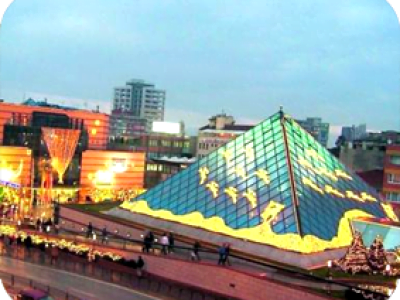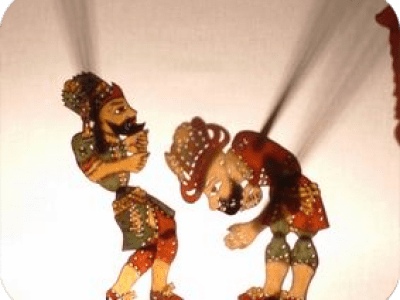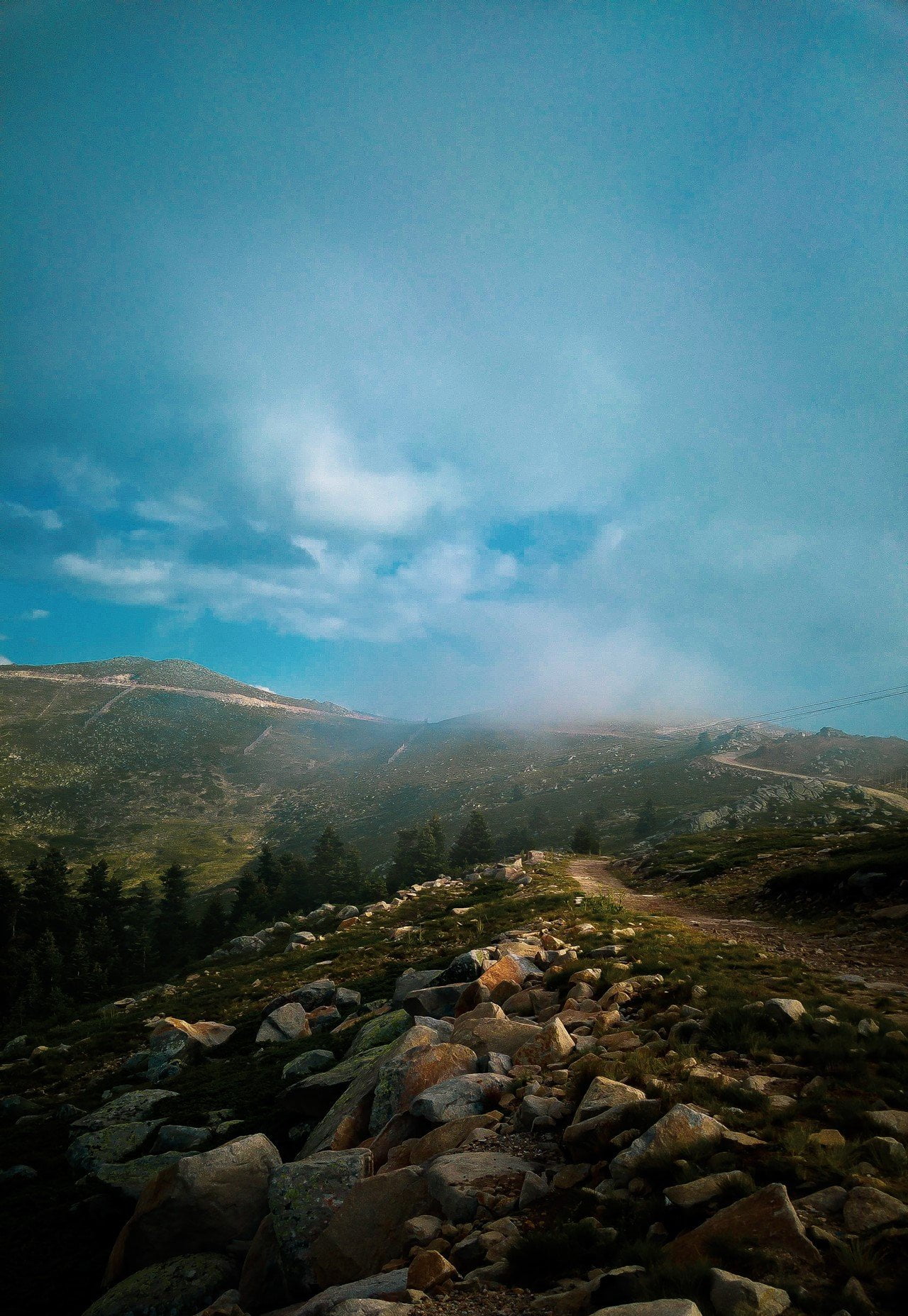BURSA
The city of Bursa, southeast of the Sea of Marmara, lies on the lower slopes of Uludag (Mt. Olympos of Mysia, 2,443 meters). The city derives its name from its founder Prusias, King of Bithynia. It subsequently came under Roman, then Byzantine rule before falling to Orhan Gazi in 1326, becoming the first capital of the Ottoman Empire. Many important Ottoman buildings remain. Known as “Green Bursa”, the city is filled with gardens and parks and overlooks a verdant plain. It is at the center of an important fruit growing region. Bursa was, and is still, famous for its silk trade, towel manufacture and thermal springs. You must taste locally invented Iskender Kebab, a dish of bread, tomato sauce, strips of grilled meat, melted butter and yogurt. Candied chestnuts are another regional speciality. A tour of the city begins in the eastern section at the Yesil Turbe (Green Mausoleum). Set in a garden and distinguished by its paneling of blue tiles, the mausoleum holds the tiled cenotaph of Sultan Mehmet I. Across the street, the Yesil Mosque of 1424 reflects the new Ottoman, as opposed to Seljuk, aesthetic. A medrese nearby completes the complex, which is also home to the Ethnography Museum. Before exploring this area, stop of tea in one of the traditional tea houses.
Uphill, to the east, you pass, by the Emir Sultan Mosque in its delightful setting, and after walking through a district of old houses you reach the Yildirim Beyazit [1391] Now make your way to Cumhuriyet Square [known locally as Heykel] and stroll along Ataturk Avenue to Koza Park where outdoor cafes are set among flowers and fountains.At the back of the park , a long building, the Koza Han (1490), houses the trade in silk cocoons. From here you proceed to the covered bazaar area, with its narrow streets caravanserais and bedesten. On the other side of Koza Park stands the Orhan Gazi Mosque, built in 1413, and one of Bursa’s oldest religious buildings. Nearby the large Ulu Mosque was constructed in the Seljuk style. A final carved walnut mimber (speaker’s platform),and impressive calligraphic panels decorate the mosque. The sadirvan (ablutions fountain) lies unusally within the mosque itself under ceiling of twenty domes.
Walking west from the Ulu Mosque you arrive at Hisar, an old and picturesque quarter of Bursa. In the park that overlooks the valley are the mausoleums of Osman, the founder of the Ottoman Empire, and his son Orhan Gazi, who commanded the army that conquered Bursa. The cafes of Tophane offer a good place to stop for refreshment. In nearby Ressamlar Sokak (Painters’ Street), local artists work in the open air. At the Yildiz Park Tea Gardens in the Muradiye quarter, you get a superb view of the Muradiye Complex. The compound, in a tranquil park-like setting, contains the Mosque of Sultan Murat II (1426) built in the style of the Yesil Mosque and the tombs of Murat 11, Sehzade Cem and Sehzade Mustafa. These contain some of the loveliest decoration and tile work. The nearby Ottoman House Museum in a restored 17th century dwelling provides an interesting glimpse into the lives of wealthy Ottomans. Other places of interest in Bursa include the Culture Park with the Bursa Archaeological Museum,and the Ataturk Museum on the road to Cekirge. The western suburb of Cekirge has been known since Roman times for its warm mineral-rich springs. Many modern hotels have thermal bath facilities and you can also visit the old hamams. Yeni Kaplica [new spring] was built by Suleyman the Magnificents Grand Vizier, Rustem Pasa, in 1552.The Eski Kaplica [old spring], built on the site of the original Byzantine baths , is the oldest bath .The Karamustafa Pasa baths are reputed to have the best hot mineral waters in Bursa.
Buildings of interest in Cekirge include the Mosque and Mausoleum of Murat I and the tomb of Suleyman Celebi, a religious poet. the monument to Karagoz commemorates the character whose humorous antics are immortalized in Turkish shadow puppet theater. Uludag is the largest winter-sports center in Turkey and offers a variety of activities, accommodation and entertainment thirty-six kilometers from Bursa, the slopes are easily reached by car or cable car [teleferik]. December to May is the best time for skiing, although the area , which a national park , is well worth a visit at any time of the year for the lovely views and wonderful fresh air. A seaside resort town 25 km from Bursa , Mudanya’s fine fish restaurants and nightclubs are popular with the residents of Bursa. The Aarmistice museum is worth a visit. Just 12 km from Mudanya, Zeytinbagi [tirilye] exemplifies the architecture and layout of a typical Turkish town.






0 Comment